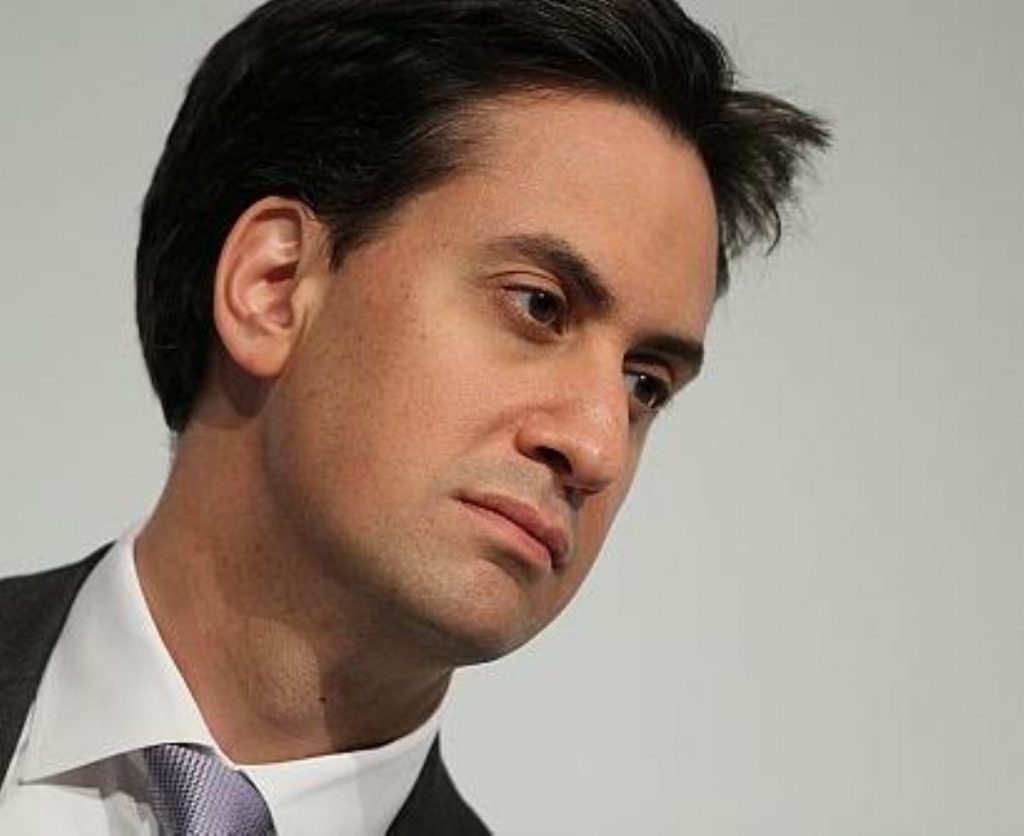Analysis: Has Labour really accepted austerity?
Another week, another inch closer to austerity. Ed Miliband spent the last fortnight pledging to scrap universal benefits, backing a coalition cap on benefits and now matching Tory spending levels for 2015/16. The message is clear: Labour will be disciplined with the economy.
"Our starting point for 2015-16 will be that we cannot reverse any cut in day-to-day, current spending unless it is fully funded from cuts elsewhere or extra revenue – not from more borrowing," Miliband said in a speech over the weekend.
There are Labour party members tearing up their membership cards. Those hit by the bedroom tax are spitting blood on radio phone-in shows. Some on the left suggest Labour is now no different to the Tories and the Lib Dems.
But has Miliband really embraced austerity? Not quite. Look past the headline measures and the Labour leader still has plenty of wriggle room. Here are five reasons why:


1) Miliband is only matching spending levels
The Labour leader may be matching current "day-to-day" spending levels, but that still allows him plenty of room for capital spending. He may as well have openly pledged to do so, with robust rhetoric on housing and house building. His speech on limiting the benefit bill specifically mentioned how house building can reduce welfare spending in the long run, by stopping the system of siphoning off public funds for private landlords. He also has political cover from the IMF, which suggested that the UK could use another £10 billion investment. The rumours are that Labour will pledge to build a million new homes in its manifesto.
2) It's only for a year
Miliband's pledge only counts for the first year of his potential government, from 2015 to 2016. After that, he can do what he likes.
3) You can be fiscally conservative while still being progressive
Miliband's pledge draws a red line in day-to-day spending beyond which he will not cross, but it does not specify what he does ahead of that line. Under the coalition, savings were expected to be found under a ratio of 80:20 – 80% spending cuts to 20% tax rises. There is nothing to stop Miliband significantly raising taxes on the wealthy while easing or even undoing spending cuts elsewhere. There are many signs that that is precisely what he will do. The Labour leader has already announced a bankers' bonus, return of the 50p top rate of tax and a mansion tax. The direction of travel is clear.
4) He can still undo spending cuts
Just because each pledge must be financially matched without resort to borrowing doesn't mean it can't be undertaken. As Miliband specified, cuts can be undone if the funding is found from elsewhere. His problem so far is that he is massively over-promised on the back of fairly moderate policies. The proposed bankers' bonus has been matched to several promises – certainly more than it would pay for. The mansion tax has already been matched to bringing back the 10p rate of income tax. But Ed Balls' admittance that the proposed VAT cut may not figure in the Labour manifesto at least allows for saved funds to be directed elsewhere. If anything, Miliband's announcement should prompt campaigners to redouble their efforts on their chosen issue. The more noise there is around a cut, the more prominently it will figure in Labour's priorities.
5) Miliband hasn't ruled out more radical options
Just because you're not borrowing doesn't mean you can't spend. Britain has magicked £375 billion out of the air and handed it to banks as part of the quantitative easing programme. But if you can print money for banks, you can print it to try other methods of kick-starting the economy, such as taking low earners out of income tax. It would be a daring move, but an electorally popular one.









